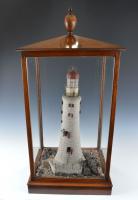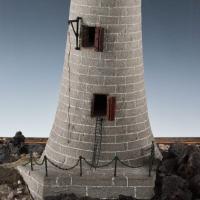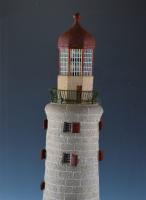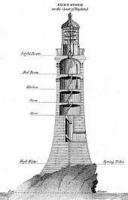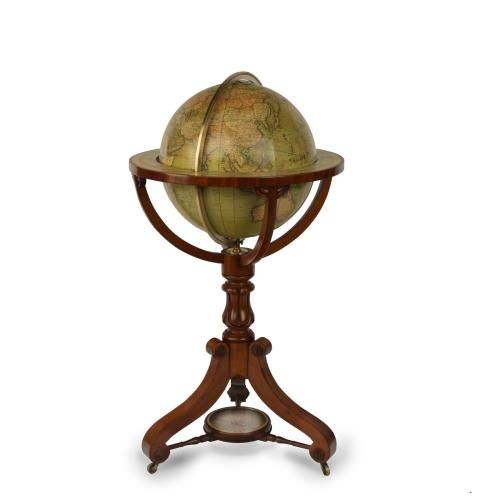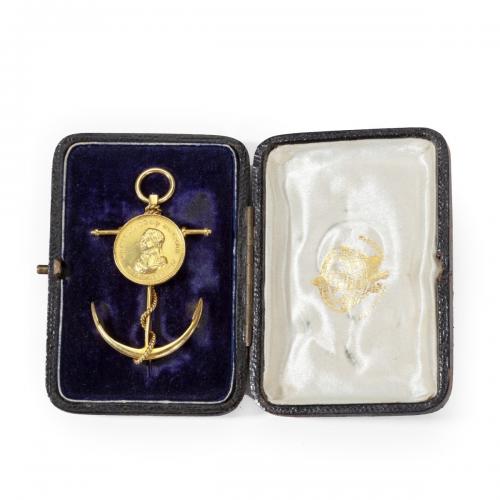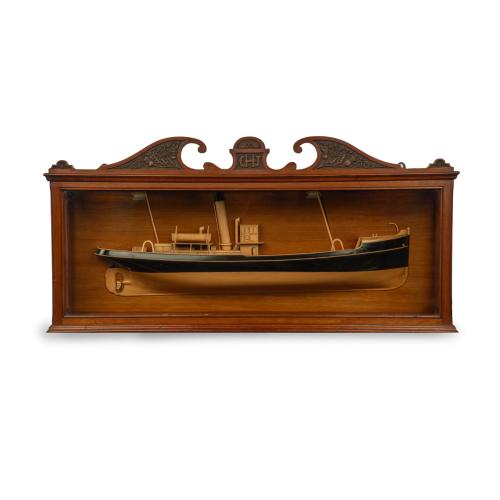
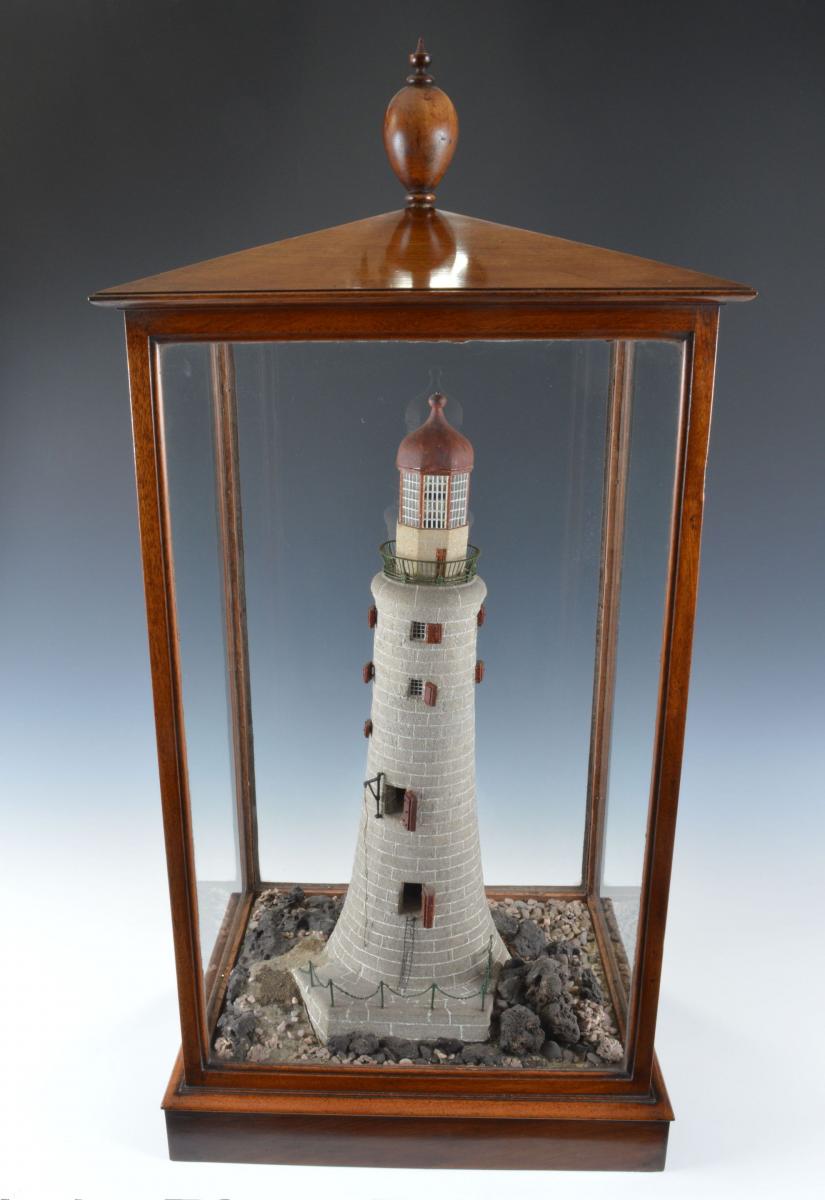
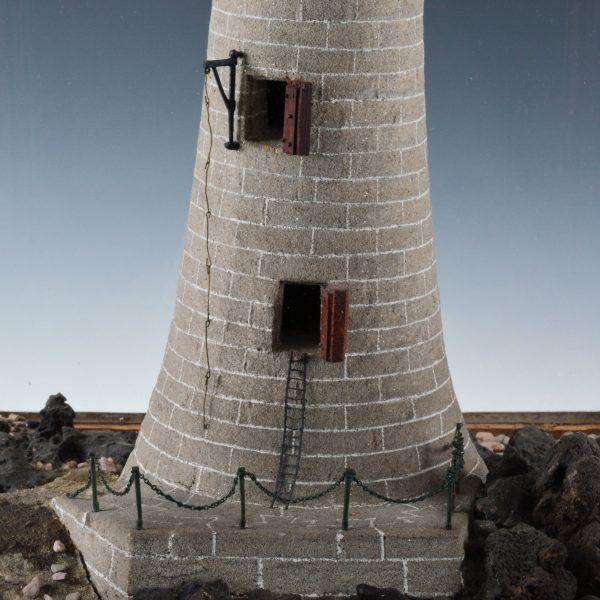
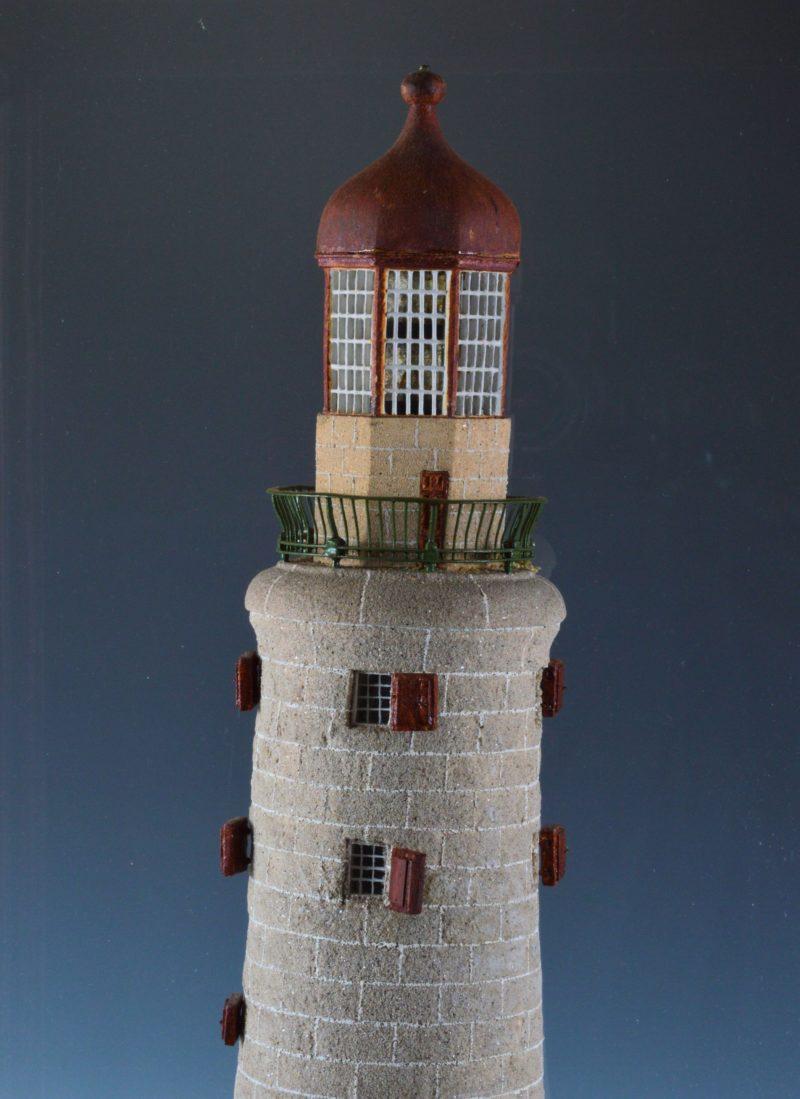
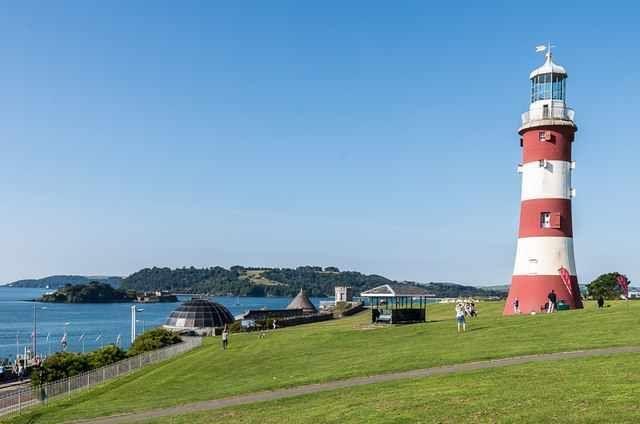
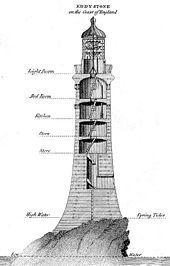
Price
£5400.00This object is eligible for a Certificate of BADA Provenance
The BADA Standard
- Since 1918, BADA has been the leading association for the antiques and fine art trade
- Members are elected for their knowledge, integrity and quality of stock
- Our clients are protected by BADA’s code of conduct
- Our dealers’ membership is reviewed and renewed annually
- Bada.org is a non-profit site: clients deal directly with members and they pay no hidden fees
A rare 19th century cork model of the Eddystone lighthouse, which was designed by John Smeaton, within a glazed mahogany case surmounted by a turned finial, the model of the lighthouse with amazing detail.
When shining a light into the two open lower doors you can see the spiral staircase going up to the top of the lighthouse and inside the glazed top are the lights and reflective shield. The attention to detail on this model is outstanding and would grace any collection.
This was the third lighthouse to be built on the Eddystone Rocks and the job was given to John Smeaton. As the first engineer to be given the job of constructing a lighthouse at sea, Smeaton decided his structure was to be modelled on the shape of the trunk of an English oak tree – considerably wider at its base that at the top – the tower would be built of granite blocks with smooth concave sides, designed to withstand anything the storm-riven waters of the south coast could throw at it.
Smeaton used interlocking masonry, in the form of nearly 1,500 dovetailed granite blocks, and set the building into the bedrock using a form of concrete he had invented that could set under water. Further strength was added to the design by the integration of ‘endless chains’ at each level set into grooves in the masonry and then sealed with molten lead, a design feature inspired by Christopher Wren’s dome of St Paul’s Cathedral.
Originally illuminated by 24 candles, the lighthouse was first lit in October 1759. By 1810 oil lamps with reflectors had replaced the candles, and by 1845 the reflectors had been replaced by lenses, giving the tower a much better light intensity.
For more than a century the third Eddystone Lighthouse stood its ground. But as early as 1818 it was noted by Robert Stevenson (grandfather of Robert Louis Stevenson) that there were geological problems endangering the structure. And while periodic work was done internally to strengthen the lighthouse, by the 1870s it was being affected greatly by wave impact and was found to be rocking from side to side. Smeaton’stower was being undermined by erosion of the rocks on which it stood and was becoming unsafe. It was taken out of service in 1887, partially dismantled and re-erected in Plymouth Hoe in 1882.
Victorian engineers charged with decommissioning the lighthouse soon discovered that the foundations were too strong to remove and so left them where they stood (and can still be seen today). The relocated structure was built on a new base and opened to the public in 1884.
Today the iconic red and white painted lighthouse is an architectural icon recognised the world over and a memorial to its designer. Smeaton coined the expression ‘civil engineer’ to distinguish the discipline of public works engineering from military engineering. He went on to establish the Society of Civil Engineers in 1771, which decades after his death changed its name in 1830 to the Smeatonian Society of Civil Engineers in honour of its illustrious founder.
Dimensions
Height 30.00 inch. Width 14.50 inch. Depth 11.75 inch.The BADA Standard
- Since 1918, BADA has been the leading association for the antiques and fine art trade
- Members are elected for their knowledge, integrity and quality of stock
- Our clients are protected by BADA’s code of conduct
- Our dealers’ membership is reviewed and renewed annually
- Bada.org is a non-profit site: clients deal directly with members and they pay no hidden fees


